Collecting is all about establishing an initial relationship with your customers that goes both ways: They come to you for the products they love, and you work to understand their behavior and needs by capturing feedback, data, and their experiences with your products.
While any brand worth their salt today already collects reviews and photos, this phase of the new growth model goes way beyond that. Here are seven of the most important ways to fuel the foundation of your growth engine:
Reviews That Matter
Every brand is familiar with the Perfectly Enthusiastic One-Word Review: “Amazing!” If you’re lucky, you might even get a shout out to the product itself: “Love these pants!” While it’s always reassuring to learn that your customers are satisfied, these types of reviews are effectively useless to consumers.
Instead of sending out generic review requests, prompt your past customers to share their thoughts about specific topics: Quality, shipping, size, battery life, etc. This way, the content you collect will reflect the specific questions and concerns of new shoppers.
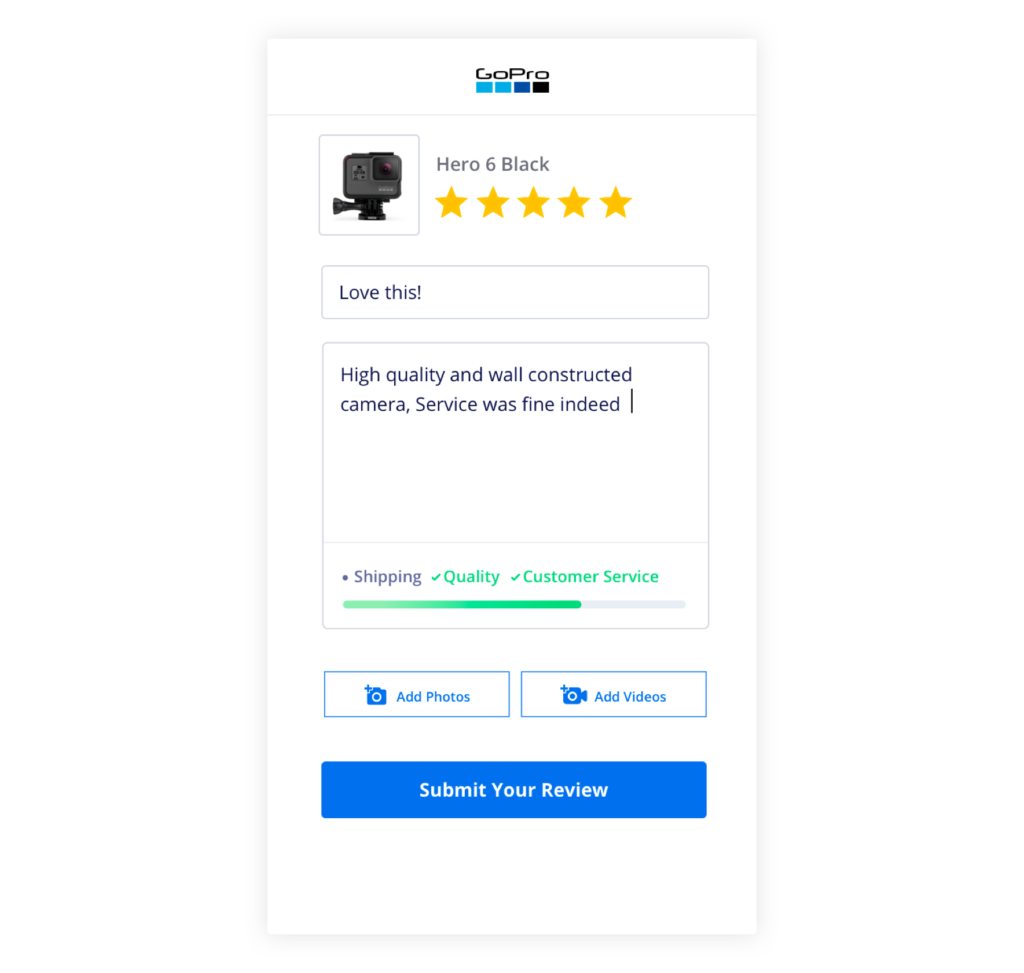
The Data You Need
From on-site behavioral data to transactional data, you need a granular view of who your customers are and how they interact with your brand and your products.
In addition to using traditional tracking tools, another easy way to gain more insight into your customer profile is by asking them to answer specific questions when they submit a review. Not only will this help you better identify your customer base, but it will also help shoppers seek out information from past buyers who are most similar to them.
When you send out review requests, be sure to include multiple choice questions that ask about age, location, skin type, body type, favorite products, etc., depending on what’s relevant to your vertical. You can also use this opportunity to have customers shed light on other common issues, for example, whether fit is true to size or not. The combination of this information and customer profiles gives new shoppers all the details they need to purchase confidently.
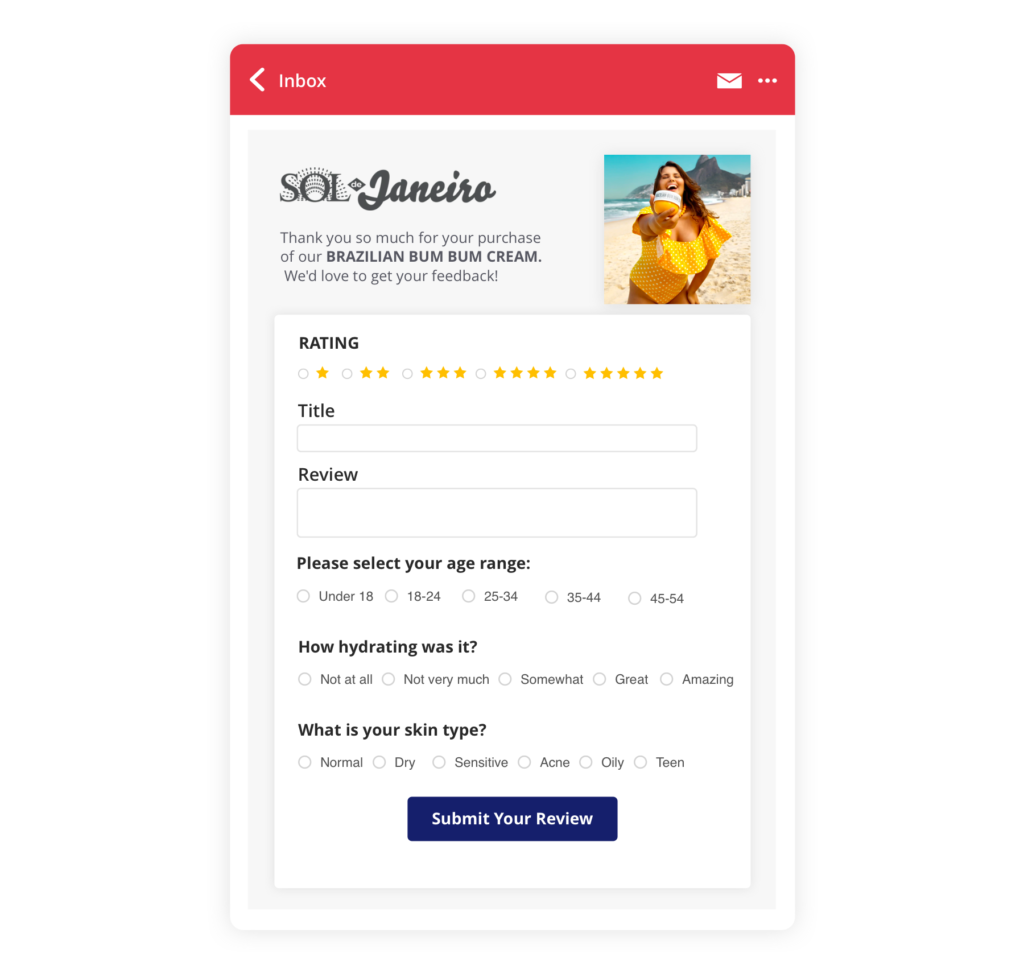
Get On-Brand Visuals
With 77% of shoppers preferring customer photos to professional ones, most brands have already begun collecting and displaying visual UGC. However, while your best customers love your brand, they don’t always get your aesthetic right. Your website is your face to the world, and collecting images you can’t display is both a waste of time and a disappointment to customers who want to be featured.
Instead of simply asking customers to submit photos, offer some brand guidelines. For example, launch a competition on Instagram and in the contest rules, let your brand fans know that they need to photograph your products against a plain background, outside, at golden hour, without filters — whatever best matches your usual look and feel. You’ll get a ton of content you can actually use and your customers will love the challenge of taking the perfect on-brand photo.
Gather Topic Sentiment
When we talk about “collecting,” it’s not just about asking your customers for content. The most successful brands know that the job isn’t over when a review is submitted — you have to go beyond that to understand the trends in how customers are feeling about your products and service.
But gauging customer sentiment at scale is hard work. While you could have your customer service team comb through reviews, you’d be better off using sentiment analysis technology. This way, you’ll be able to “collect” trending topics in reviews and identify how shoppers are feeling about them. This in turn enables brands to make smarter business decisions: For example, if you learn that the sentiment around the quality of a particular product is negative, you can invest in fixing the quality issue before manufacturing the product in new colors.
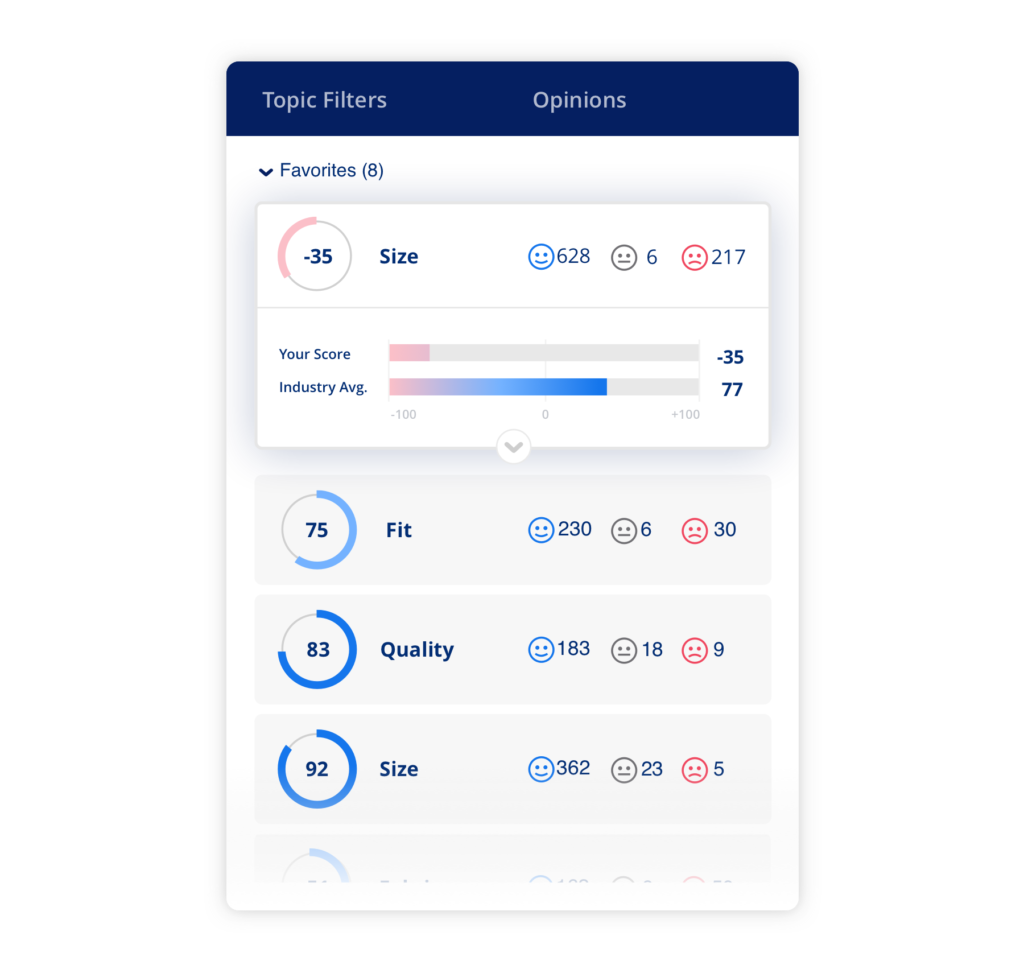
Ask & Answer
With reviews, detailed product pages, consumer forums, and social communities, it can be easy to forget that shoppers may still have unanswered product questions. Your website is the perfect place to host that Q&A to prevent shoppers from leaving to find answers elsewhere.
Allow shoppers to submit questions onsite, and have someone from your team moderate the Q&A. Not only will they be able to provide answers, they can also spot trends and suggest when common questions should be answered in your product descriptions. In addition to having staff answer shopper questions, you can also send them out to past buyers, enabling your customers to speak to one another and form a sort of mini-community onsite.
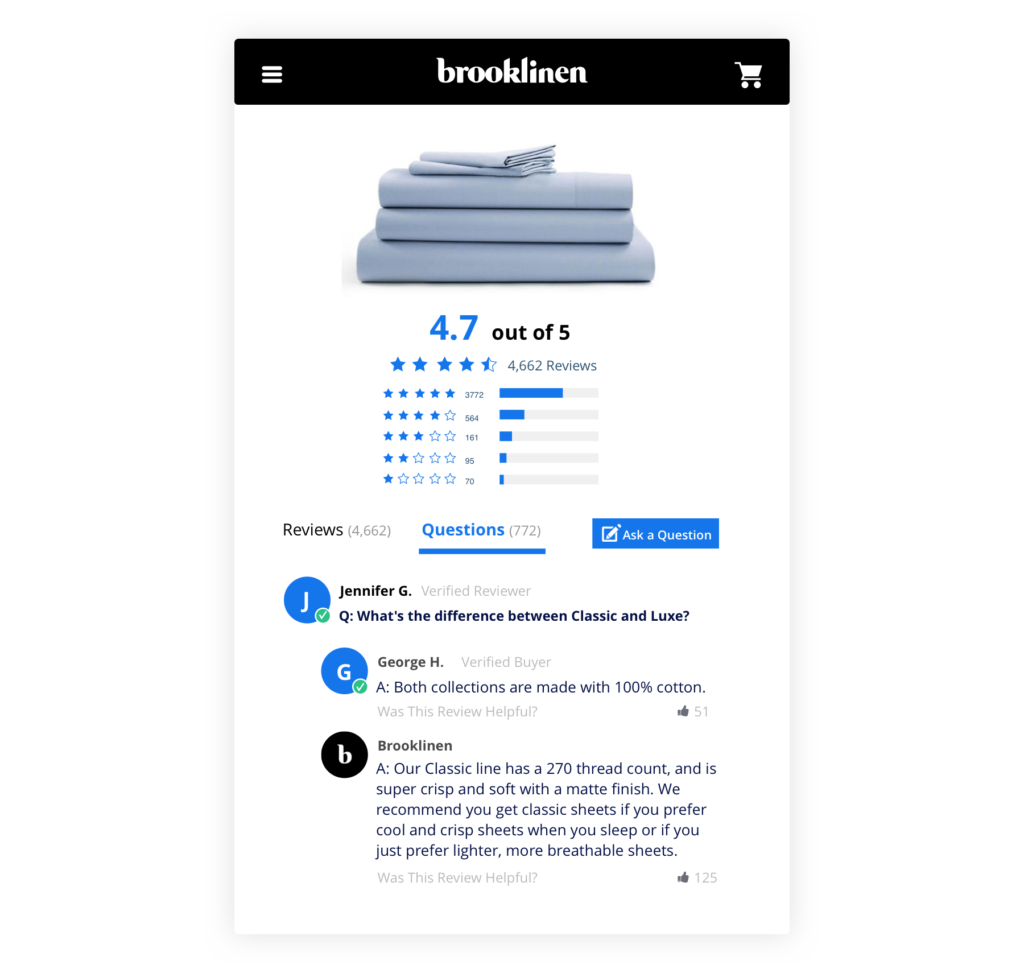
Cover All Your Products
A common problem with collecting customer content is product coverage. Your best-sellers have thousands of reviews and some of your newer or less popular products have barely a dozen. Since highly rated products are the most frequently purchased, this can be a self-perpetuating cycle.
To ensure all your products get reviewed, consider incentivizing reviews on particular items by offering coupons or other perks. Additionally, when customers purchase multiple products, set your review requests to automatically prioritize the least-reviewed products in their order.
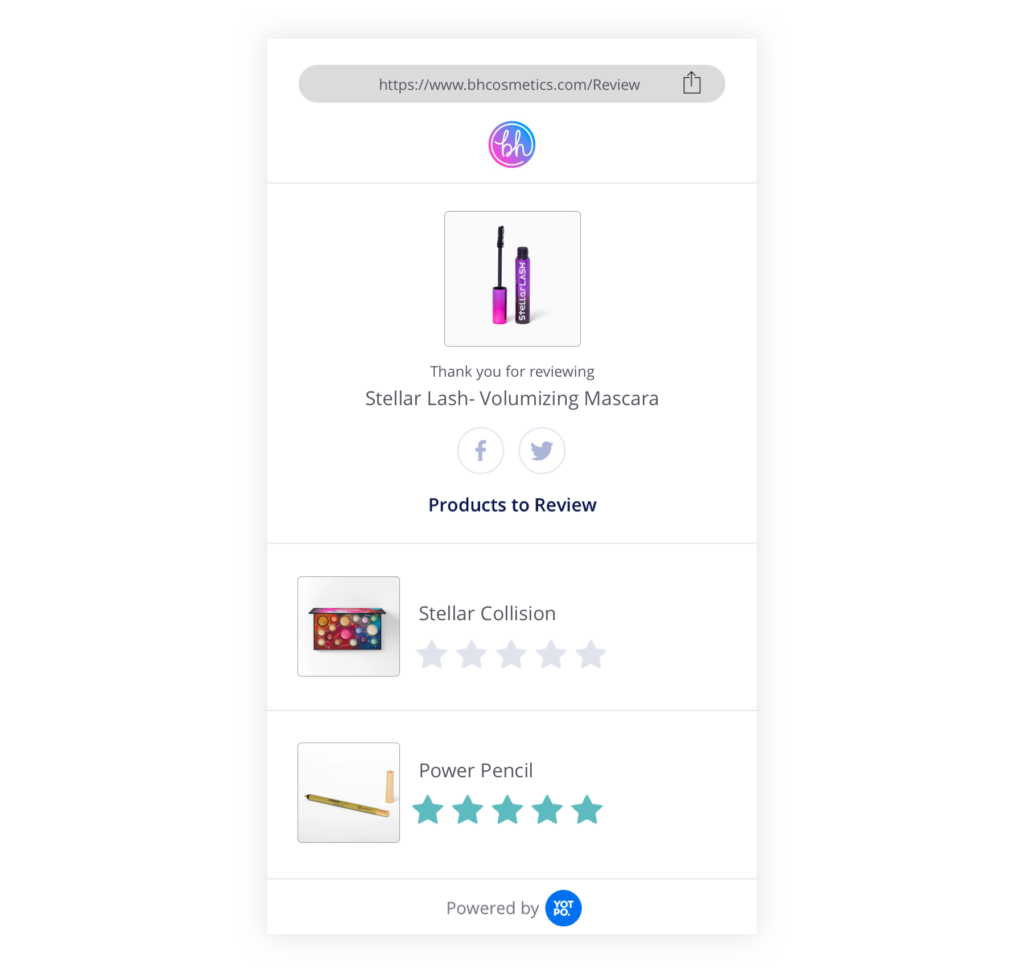
Get the Opt-In Where it Matters Most
While most brands focus on email sign-ups, that’s not the only way to connect with customers. In fact, as eCommerce shifts increasingly towards mobile — with more than half of all online purchases expected to be via mobile by 2021 — it’s more important than ever to reach out to your customers where they already are: on their phones.
Choose an SMS marketing solution that offers robust growth tools, so you can collect phone numbers and build a list of subscribers on a high-engagement channel with exceptional ROI. Since privacy laws are strict when it comes to text messages, be sure to select a provider that’s compliant with regulations.
Brand Spotlight
GREATS
Direct-to-consumer footwear brand GREATS asks customers to rank fit and comfort in addition to writing a review, allowing them to collect more valuable information about their products.
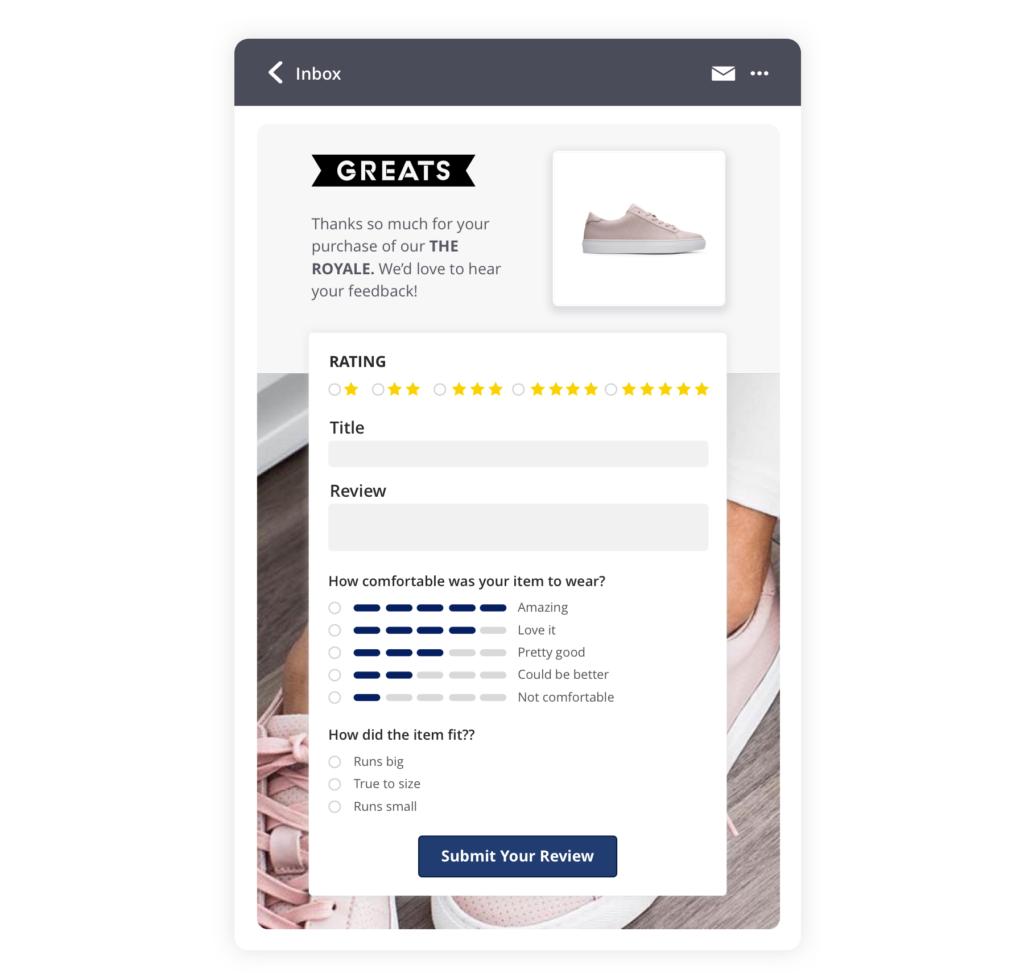
Steve Madden
Footwear giant Steve Madden encourages customers to show off their looks, and the guidelines provided ensure that their beautiful shoes take centerstage.
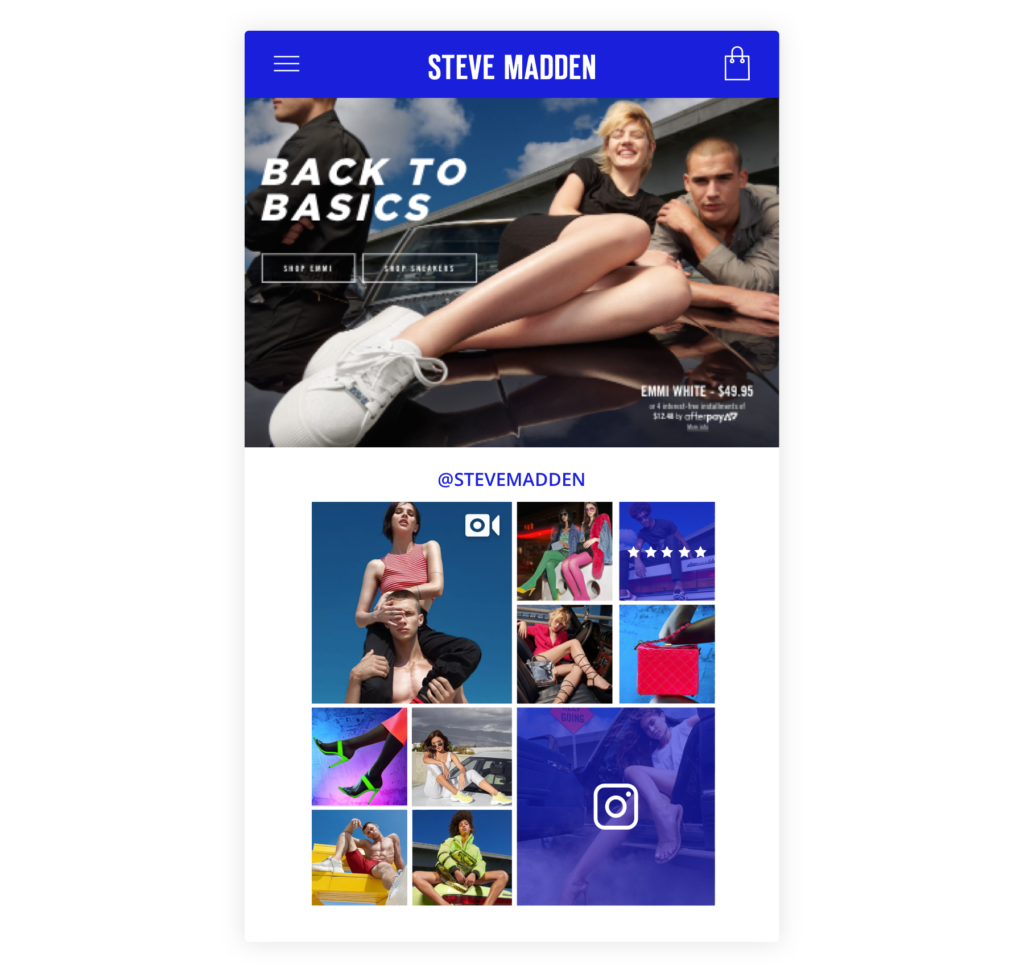












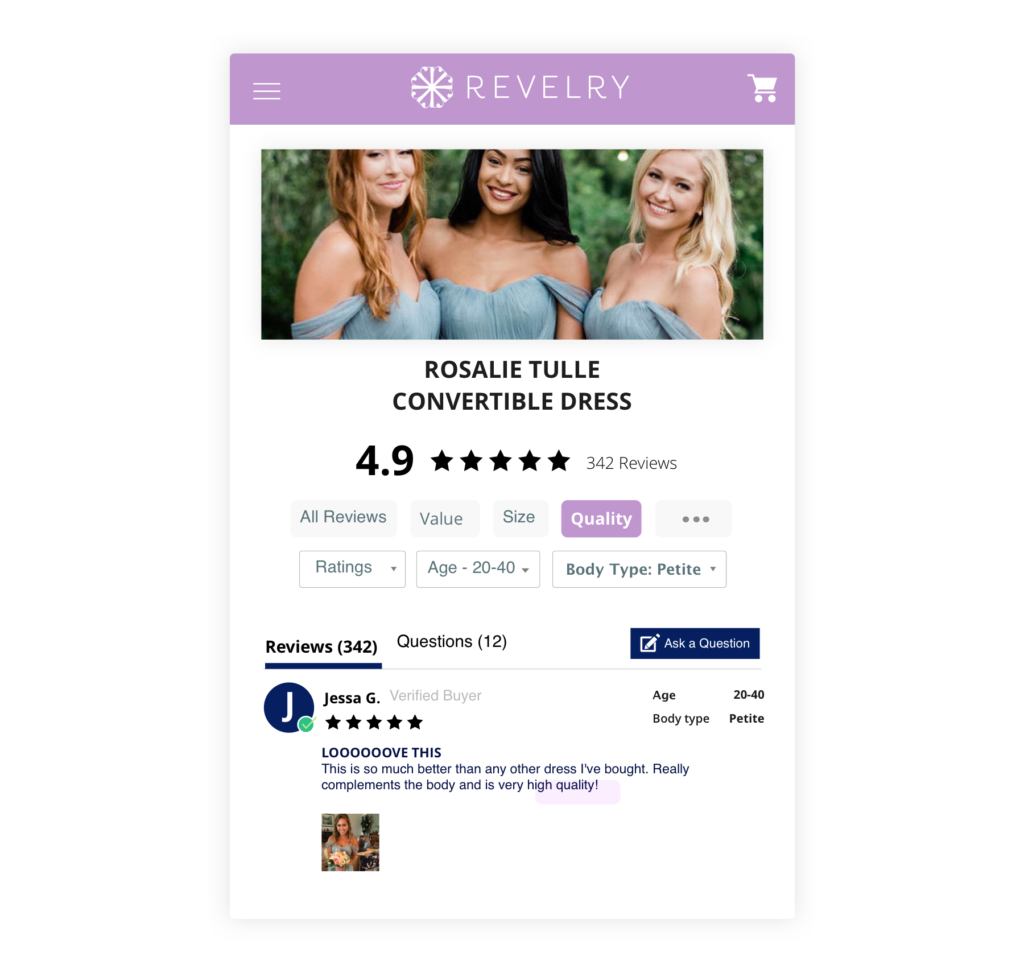
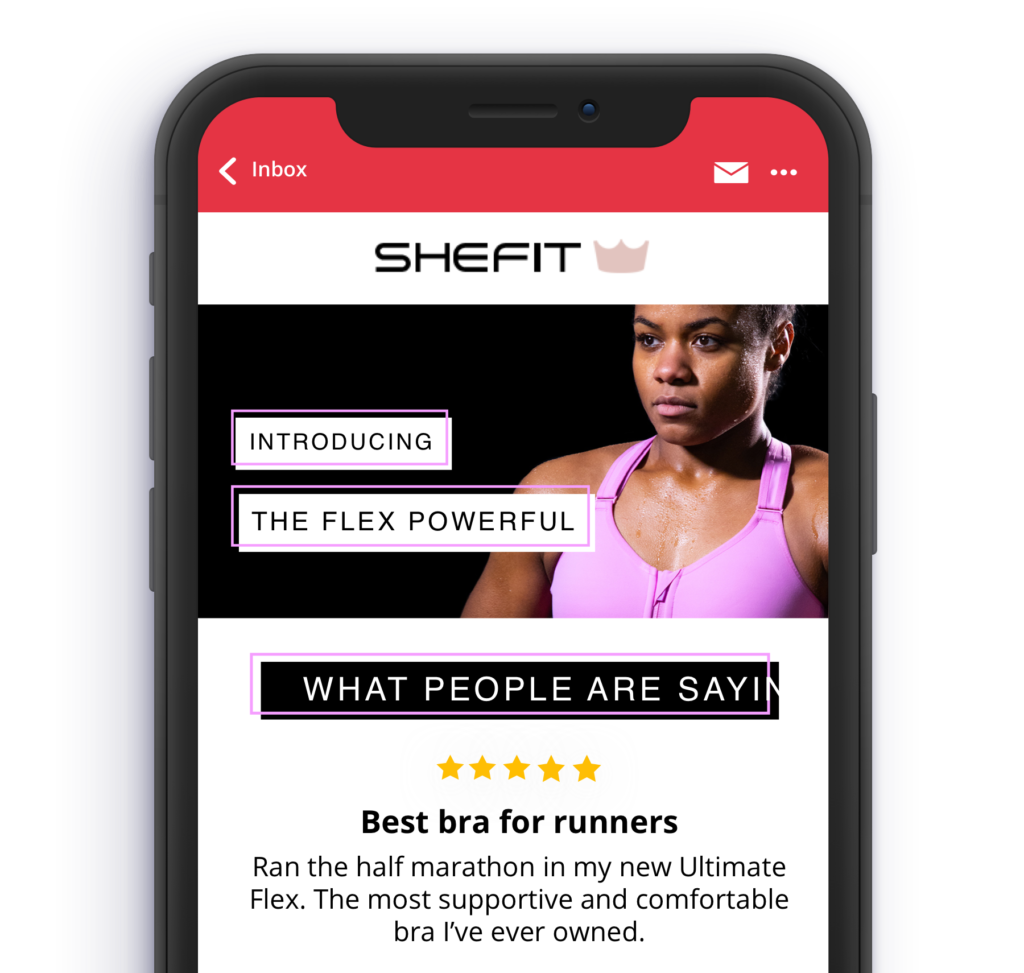
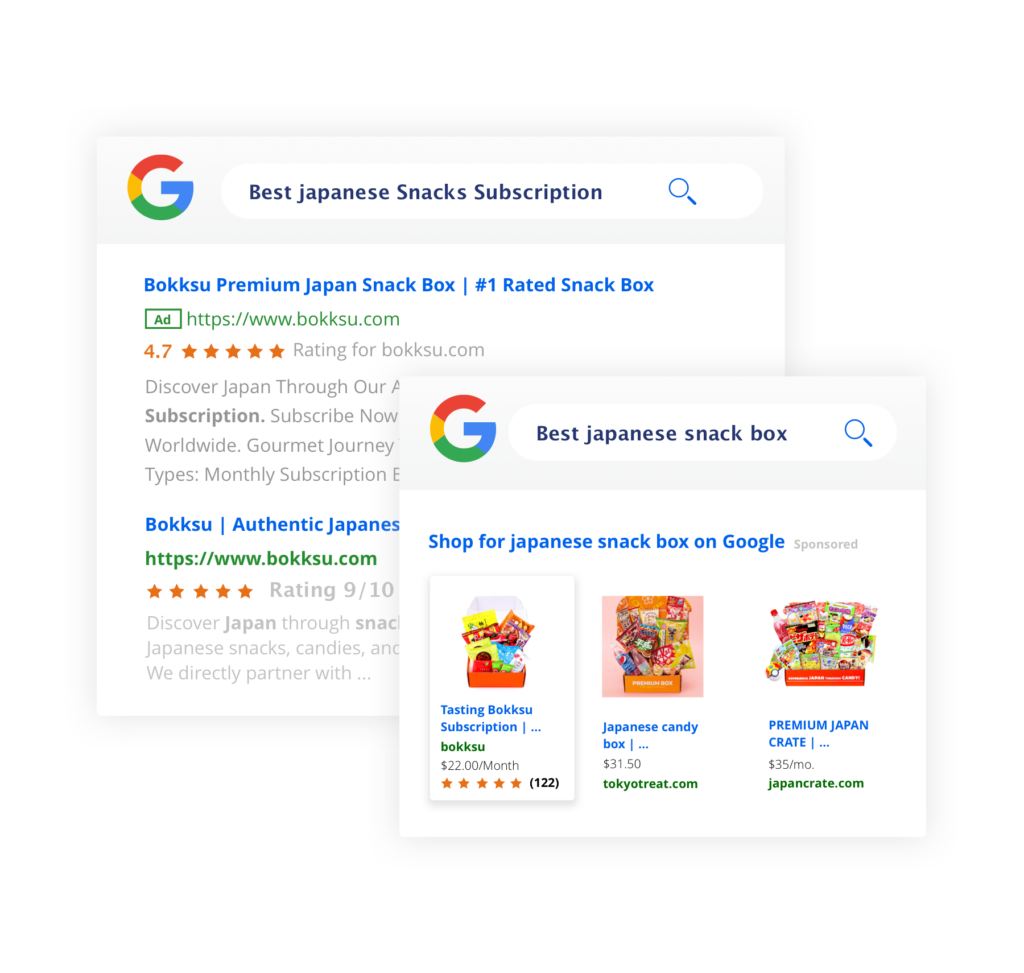
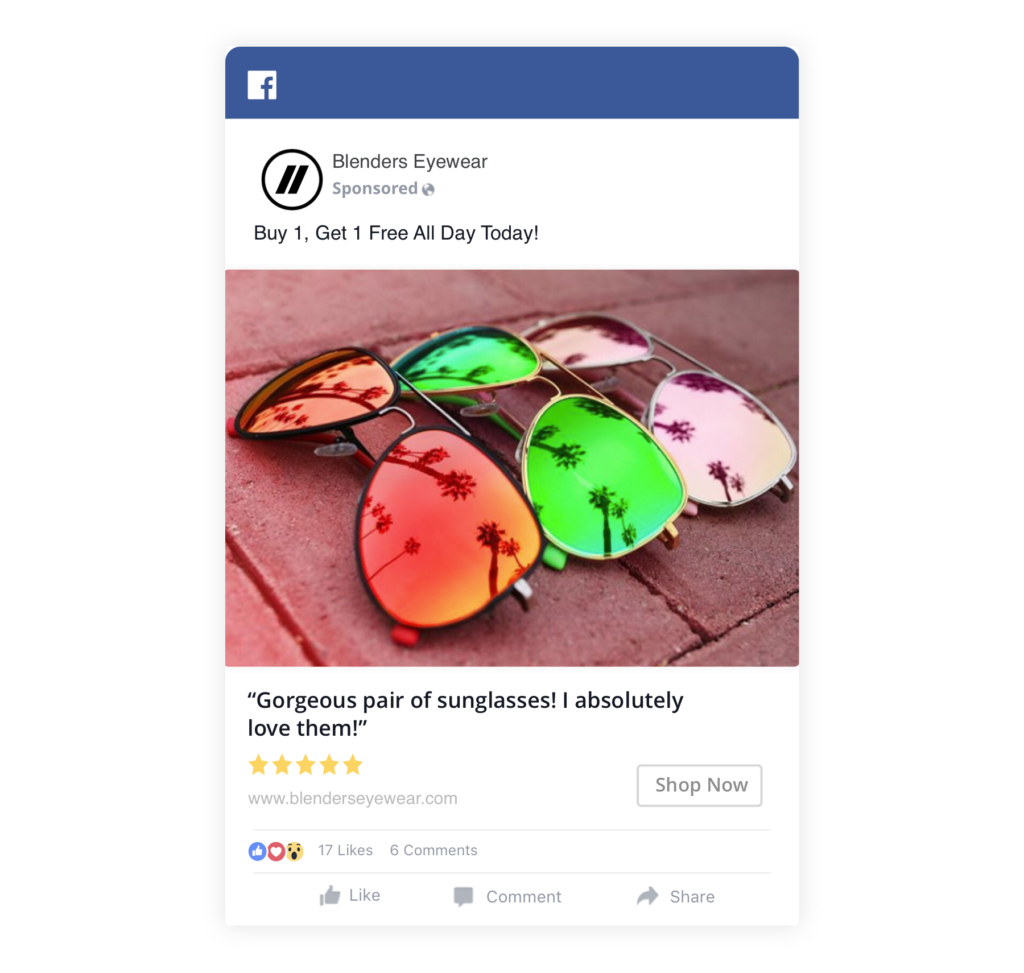
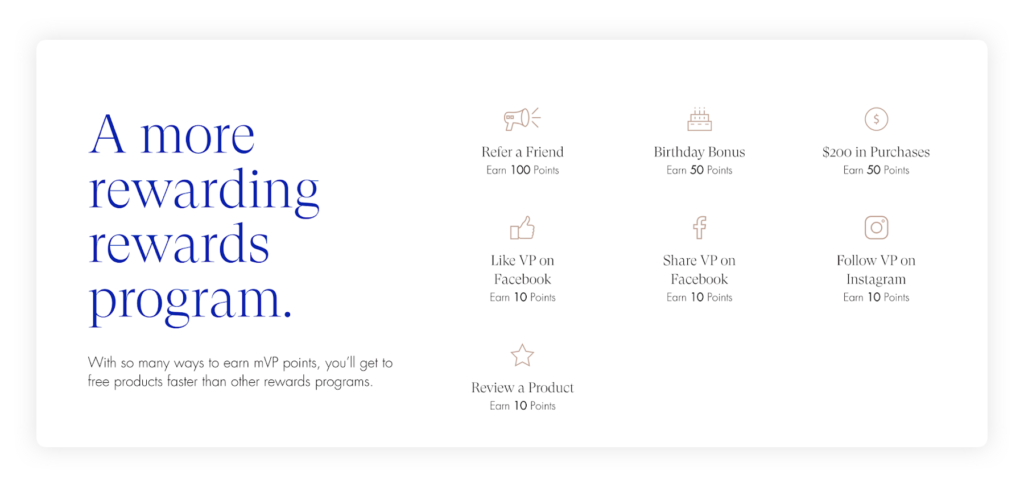
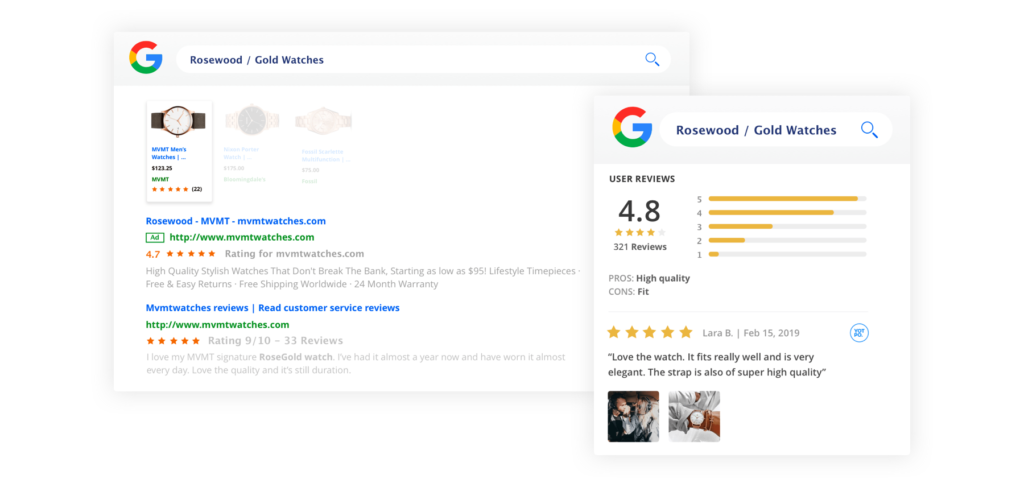
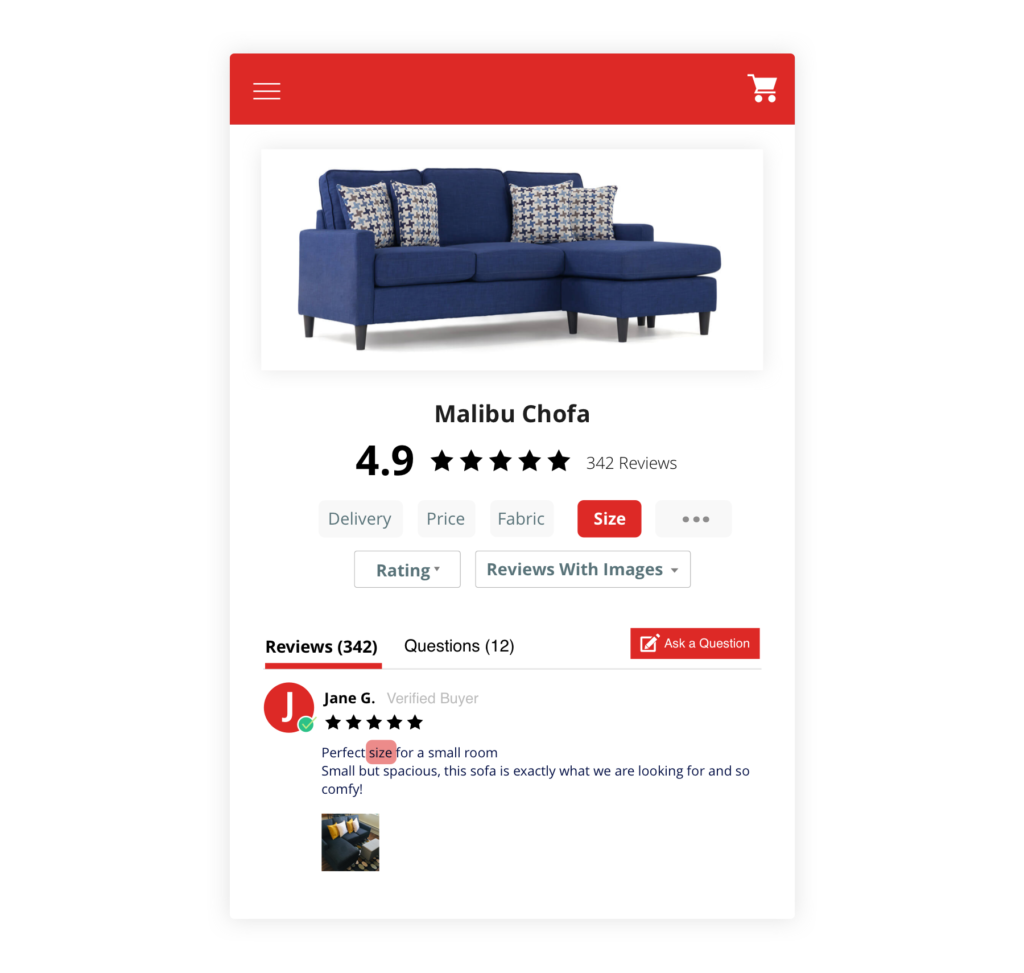


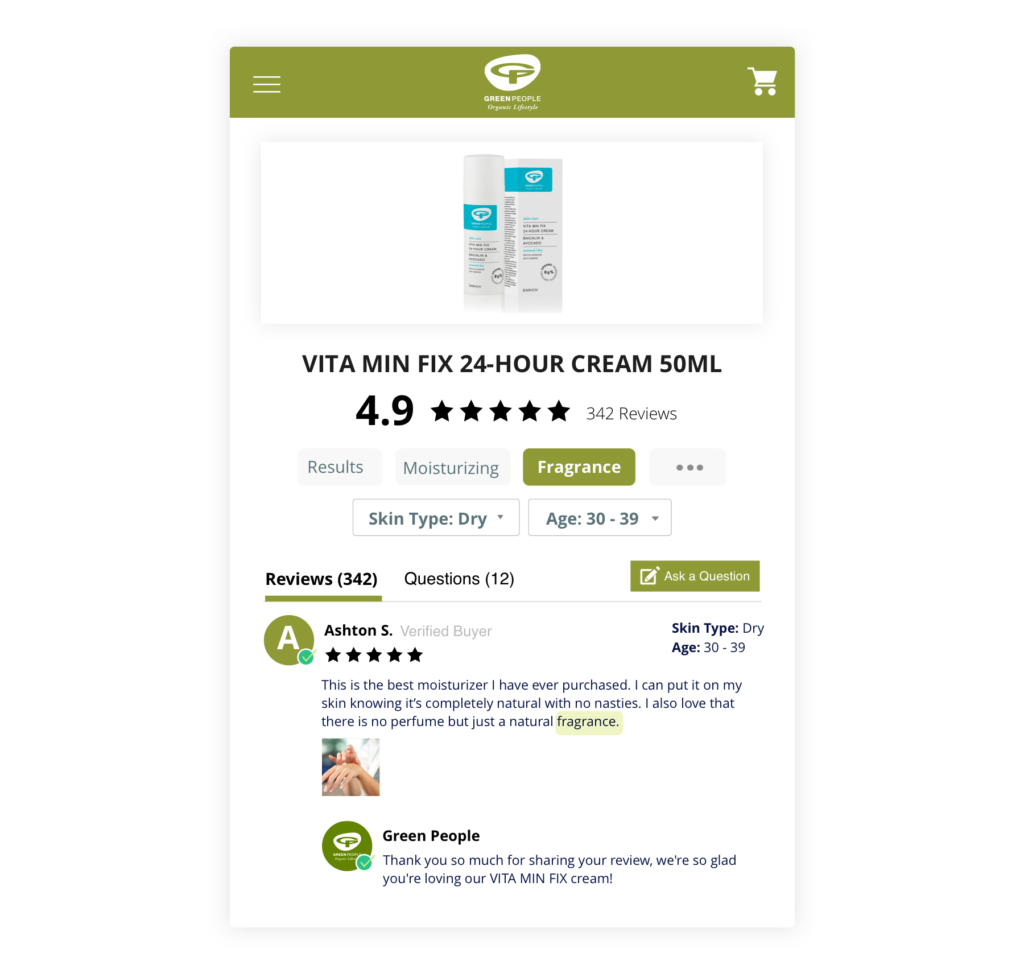
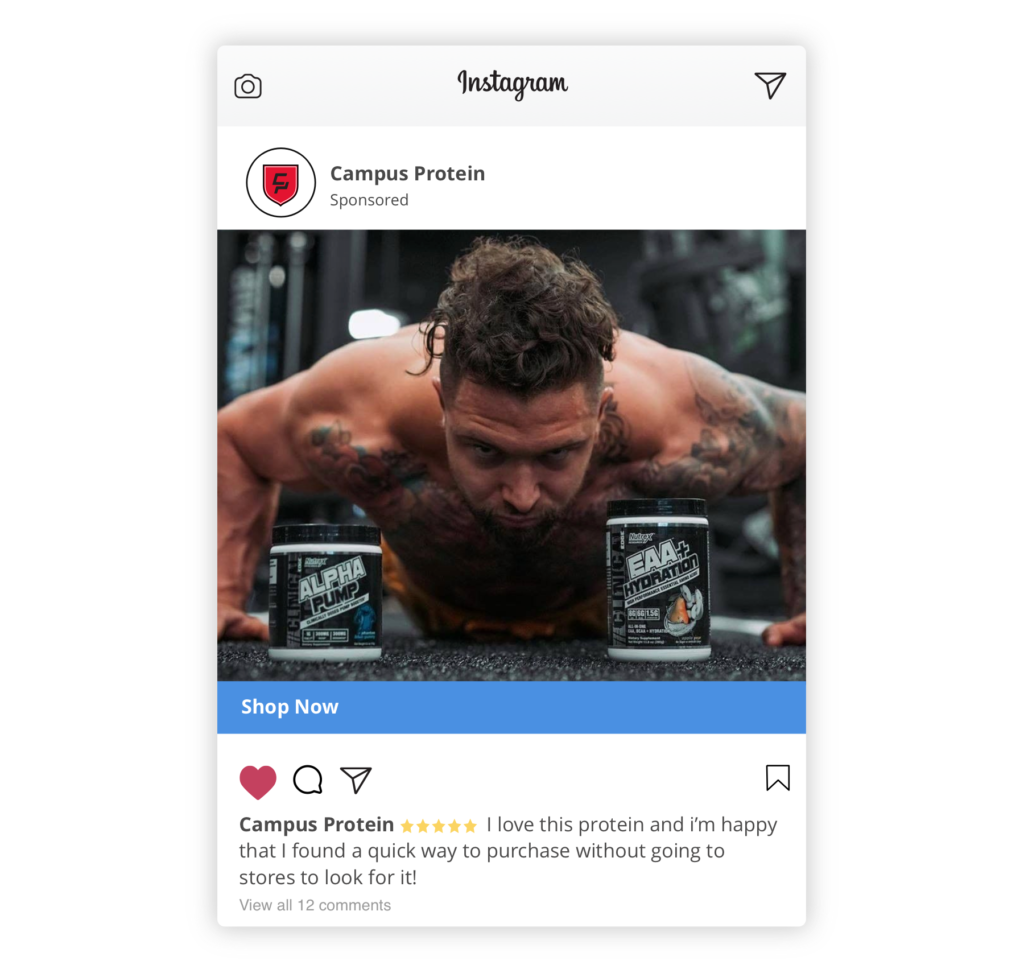
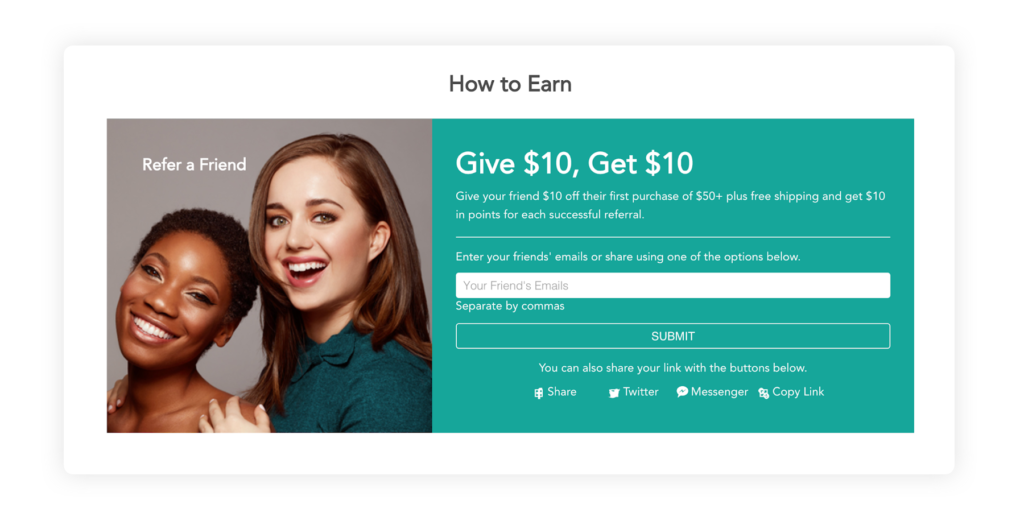
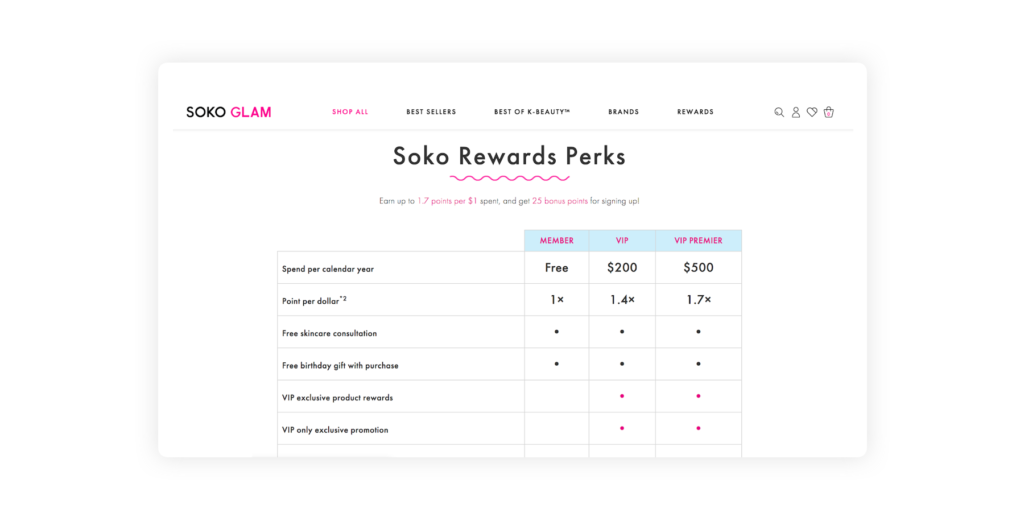
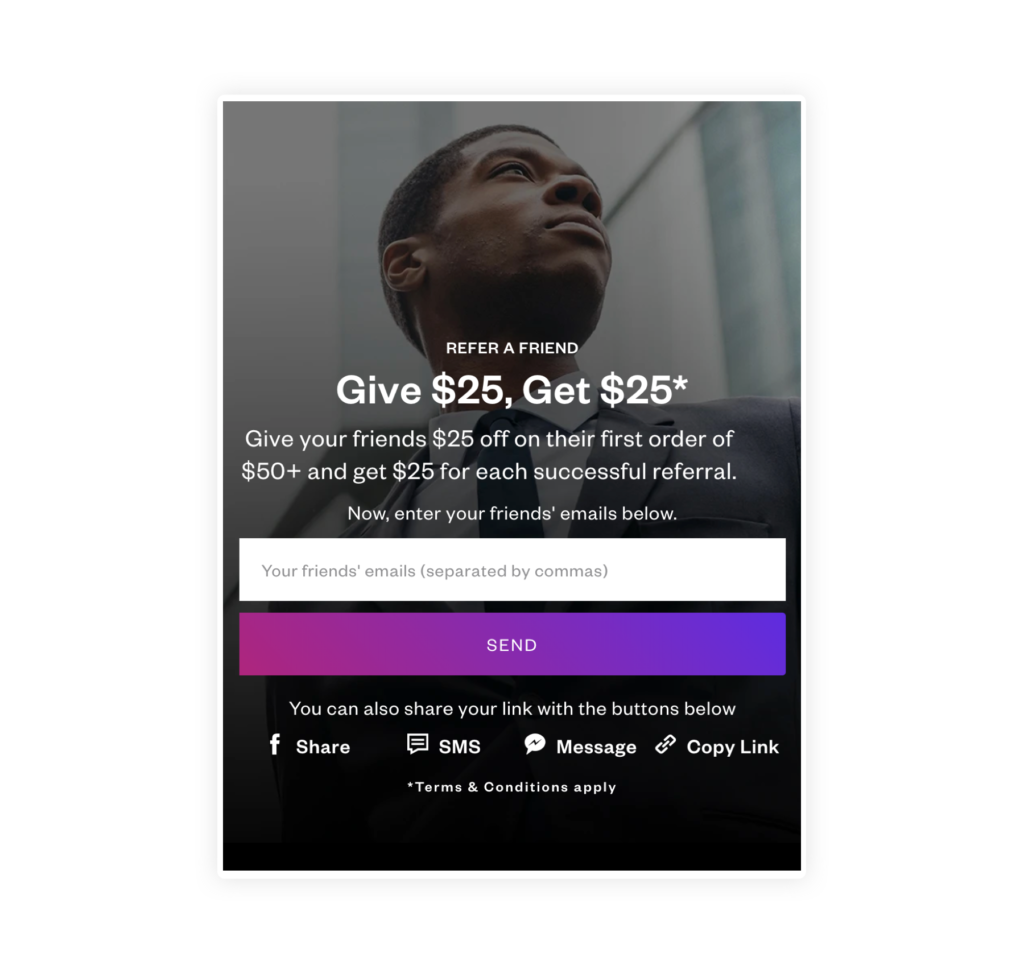










 Join a free demo, personalized to fit your needs
Join a free demo, personalized to fit your needs